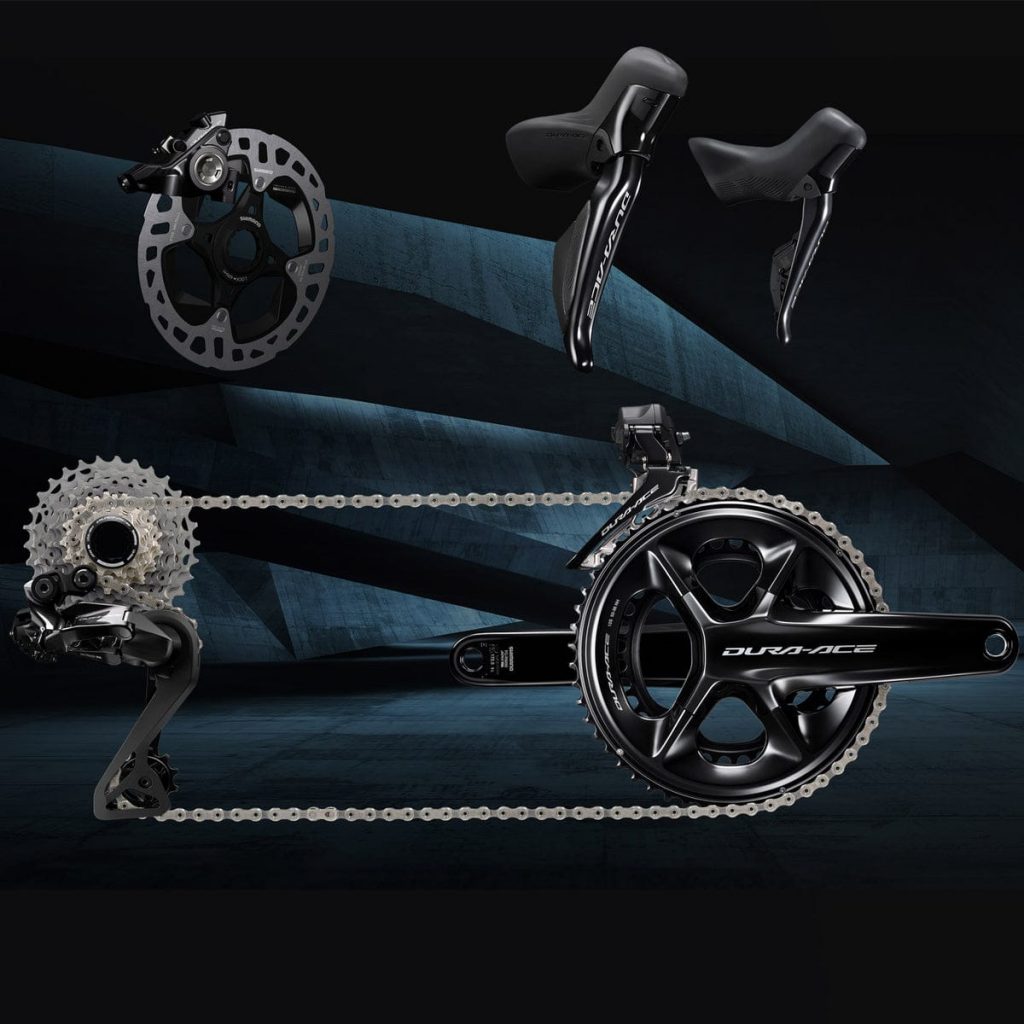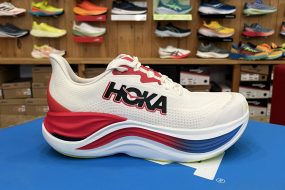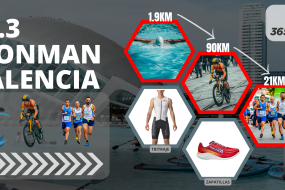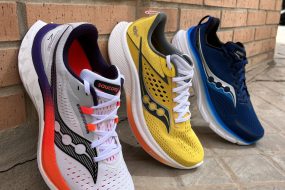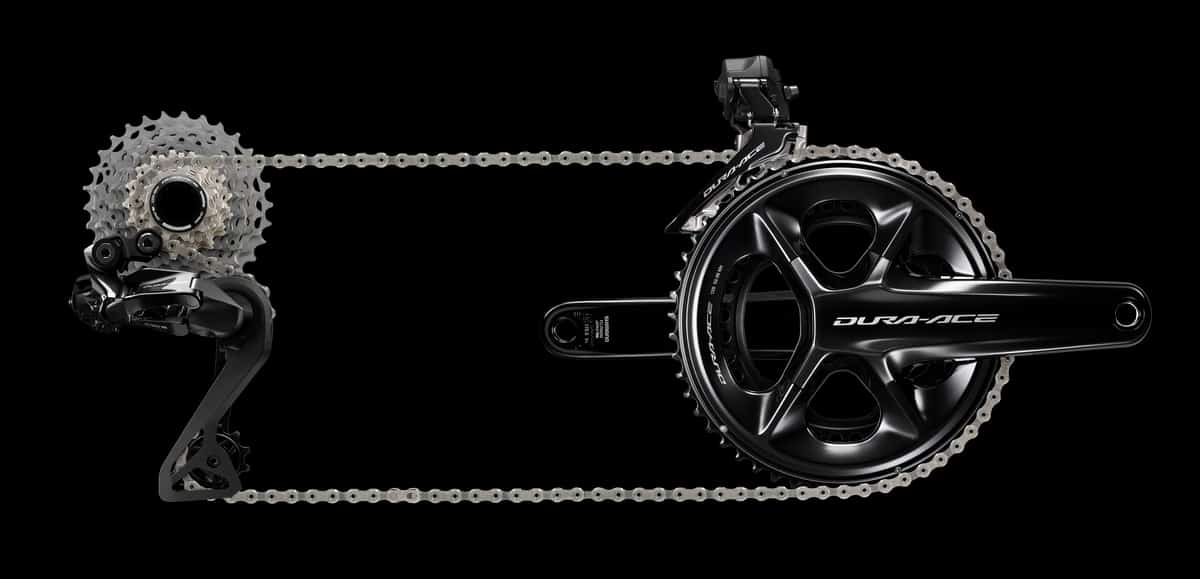
A few months ago the news broke in Japan: Shimano presented its new Dura-ace Di2 and Ultegra Di2 groupsets. The market leader gave a qualitative leap to its two reference groups after seeing how SRAM began to position itself strongly in the market. The supply problems generated by the pandemic in Asia have delayed entry into the European market (even most of the professional teams have not been able to enjoy these groups until LaVuelta), but now they are available to the general public. 365Rider It already has the Shimano revolution in its cycling catalogue.
The great Di2 revolution
Let's get to the point. As a quick summary, The two Shimano Dura-Ace R9200 and Ultegra R8100 groups present their semi-wireless operation as new features. This means that Electronic cables are no longer used in communication between the levers and the derailleurs, but they continue to appear attached with a cable to the battery; have new 12 crown cassettes; the handles have been redesigned to be more ergonomic; The rear derailleur now integrates the charging port and the functions of the control unit; A new potentiometer has been integrated... and the most radical thing: both groups will only be available in electronic Di2 version.
A pleasant surprise, especially for the #saverimbrakes collective, is that Both groups are also available for rim brakes.
Dura-Ace grows
The great renovation goes to the jewel in the crown. Since 2017 There was no update for Shimano's star derailleur. Created in 1976, the Shimano Dura Ace has been synonymous with excellence and has always been a pioneer in technological improvements. It is enough to remember that the first electronic derailleur that was marketed to the world cycling community was the 7900 Dura-Ace 2009 10-speed.
Operation and use
As we have commented in the new Ultegra and Dura Ace no cables between the levers and the derailleurs. The connection is made through Shimano's own technology, which is four times faster than Bluetooth and consumes up to 75% less battery than its competitors.
El rear derailleur It does maintain the cable connection with the battery and the front derailleur. Both derailleurs use the same battery and Shimano assures that they enjoy an autonomy of about 1000 km.
All the levers need their power supply because they do not have a cable connection. Shimano has opted for some button batteries type 1632 which, as the manufacturer points out, enjoy an autonomy that is around two years.
Rear derailleur
The brains of our Di2 derailleur now live in the rear wheel. For obvious reasons it is larger than its predecessors and in both the Dura Ace and the ultegra It includes three functions: charger, control unit to carry out the adjustments that we consider appropriate and Bluetooth connection to transmit information to the different devices.

How much does the new dura-ace r9200 groupset weigh?
El Total weight of the Shimano Dura-Ace R9200 12-speed group (without potentiometer) is 2.438 grams, while the previous R9150 11-speed weighed 2.485 grams. Logically, The weight of the cassette has been increased by adding a crown more, although only by 12 grams, while it has been reduced on the front derailleur by 8 g. The new change - which integrates the charging port, technology Bluetooth etc- weighs 18 grams more, while the levers add 30 grams.
In the comparison with his younger brother is where the difference arises. The Ultegra R8100 is 2.716 grams. That is, the complete Di2 groups only have a weight difference of 278 grams. A slightly smaller difference than that which existed between the groups they preceded (previously it was 302 grams).
